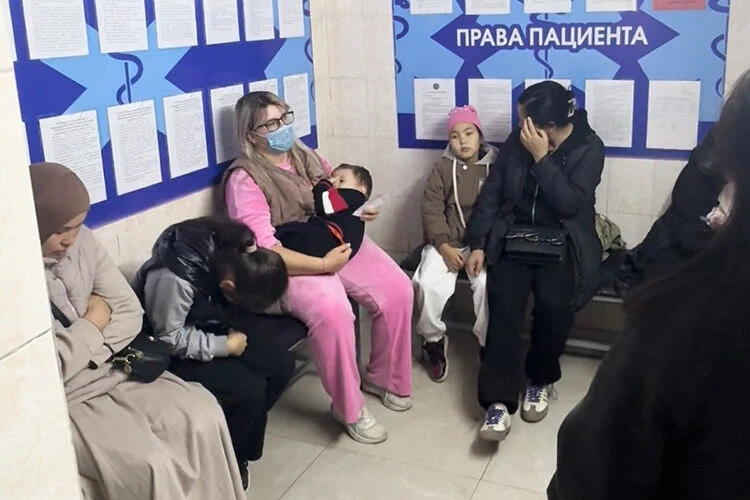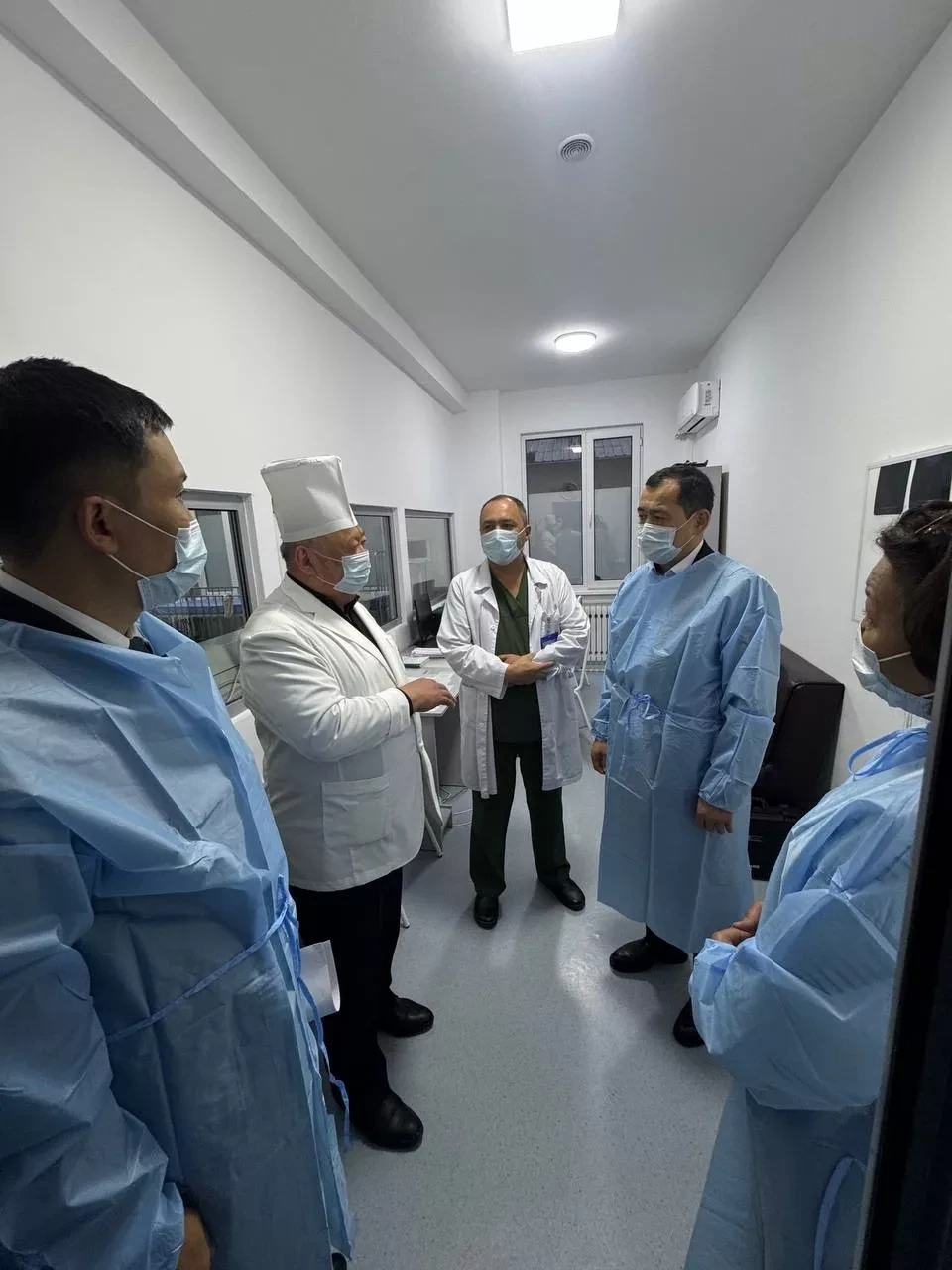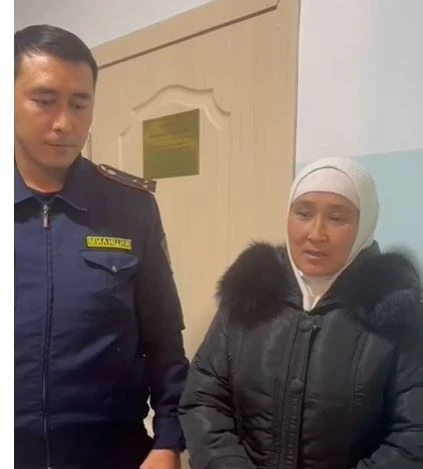
In Bishkek, there is an increase in the number of patients with ARVI, leading to longer queues at the infectious disease hospital. Some people in line are getting anxious and causing conflicts, which sometimes results in the police being called to maintain order.
Journalists from 24.kg visited the facility to find out the current situation regarding patient admissions and spoke with the deputy chief physician, Nurgul Moldalieva.
There are two examination rooms in the emergency department, each accommodating 10-15 people, without separating adults and children. Some parents arrive at the hospital in the morning and wait for their turn.
“We arrived at the third city hospital around 10:00 and spent three hours there. We were referred for hospitalization, and we have been waiting here for the third hour. My child is showing signs of dehydration, is very weak, hasn’t eaten for three days, and has a high fever. One doctor sees both adults and children in the same room, which is wrong: at least two or three doctors are needed, and there should be a separation of streams so that adults and children are not in the same space,” one mother shared.
She added that since Friday, doctors have advised treating her child at home due to a lack of beds, but his condition has not improved. After being prescribed antibiotics, vomiting and diarrhea began, and they were forced to return to the hospital.
Another woman noted that after encountering a shortage of doctors, she contacted the Ministry of Health, but they only confirmed that there was a lack of staff.
“The fourth day with a temperature close to forty. Today we came in hope of help. We received first aid, got an injection for the fever, but after that — silence. We’ve been in line since 11:00, and it’s already 15:00, and this is still considered 'normal'. Sometimes we wait for five hours. Last time I came at 5 AM, and we were only seen at 10. I don’t know where else to turn. I called the Ministry of Health — they said there aren’t enough doctors,” the woman shared.
The deputy chief physician, Nurgul Moldalieva, reported that the hospital is receiving many patients with mild forms of ARVI who do not require hospitalization.

“ARVI implies a high fever and catarrhal symptoms, but a high fever is not an indication for hospitalization. There are clear algorithms: obstructive syndrome, respiratory failure, and acute stenosing laryngotracheitis. Currently, out of 421 patients, only 38% have been hospitalized. The rest come for consultations that they could receive at clinics, but they prefer hospitals,” she explained.
Hospitals have become clinics, patients come with their whole families.
Nurgul Moldalieva
She emphasized that people do not visit clinics in the early stages of illness and only come to hospitals when complications arise, which leads to a large number of patients.
According to the doctor, referrals from clinics to hospitals should only be issued in the presence of complications at the outpatient stage.
There needs to be strict referral of patients. Hospitals cannot be endless.
Nurgul Moldalieva
Currently, there are 587 patients in the hospital, although it is designed for 500 beds. Additionally, 90 extra beds have been set up.
When asked why the new hospital building is not functioning, Nurgul Moldalieva replied that heating has not yet been connected, and the temperature there is quite low.
The doctor also reported a serious shortage of staff in the hospital.
“With such low salaries, who would want to work under such a flow? A bus driver earns more than a doctor. We have repeatedly raised this issue. The Ministry of Health is aware. Only three doctors remain on night duty. When the flow of patients increases, we pull doctors who are on duty in the hospital. Even an anesthesiologist can be sent to help in the emergency department if there are few patients in the intensive care unit. We are currently experiencing a seasonal increase in illness, which is an annual occurrence, and the patient flow is very large,” she concluded.







